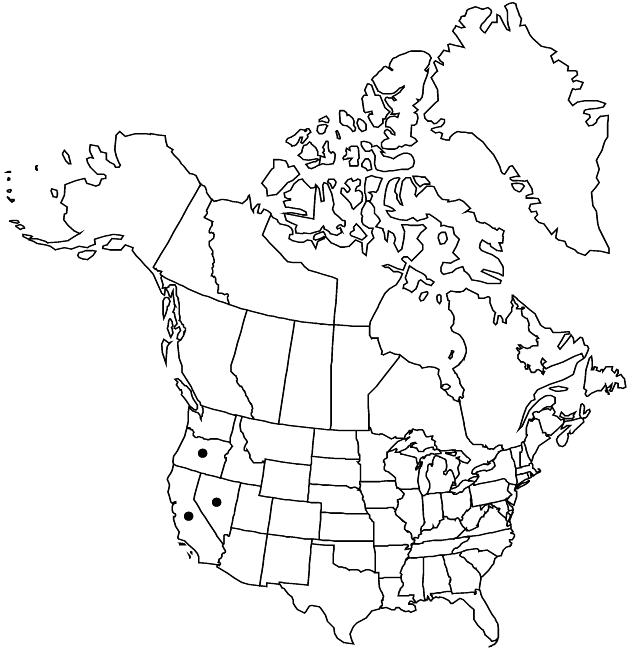Senecio integerrimus var. major
Aliso 4: 100. 1958.
Basionym: Senecio eurycephalus var. major A. Gray in War Department [U.S.], Pacif. Railr. Rep. 4(5): 111. 1857
Synonyms: Senecio lugens var. megacephalus Jepson Senecio mendocinensis A. Gray Senecio whippleanus A. Gray
Revision as of 20:24, 16 December 2019 by FNA>Volume Importer
Herbage usually copiously arachnose, tomentose, or villous at flowering. Leaves: basal and proximal cauline distinctly petiolate; blades (cauline) usually lanceolate to oblanceolate. Heads 6–12(–30+). Phyllaries linear-subulate, 8–12 mm, tips usually green, minutely, if at all, black. Ray florets usually 5; corollas yellow, laminae mostly 5–8 mm.
Phenology: Flowering spring.
Habitat: Openings in coniferous woodlands and woodland-sagebrush associations
Elevation: 100–3600 m
Distribution

Calif., Nev., Oreg.
Discussion
Variety major is most frequent in the Sierra Nevada, especially on the western slope; eastward, it passes into var. exaltatus.
Selected References
None.
Lower Taxa
None.